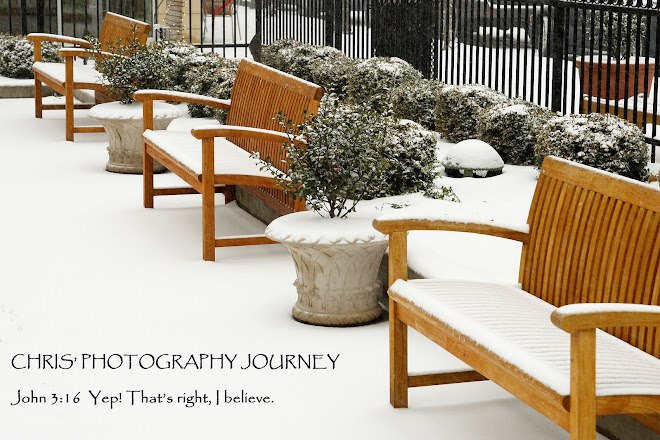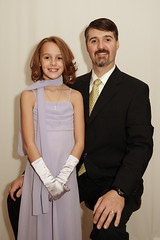You don’t have to stop here, however. Is there a telephone pole in the photograph that is distracting? It can be removed. Remember that great shot of the bird you took last year? Maybe this photograph would look better if we copied that bird and pasted it into our new photograph. We can brighten teeth, remove wrinkles, erase stray hairs, change the color of people’s clothes, replace the background, and add or remove elements until the photograph looks exactly the way we want. Then we can print it and share it with the world. The problem is this…is it real?
You are probably asking yourself, “So what?” If you are happy with the result and other people like it, what does it matter if you made a few small changes or even several major changes? The answer to that lies in who the intended audience is, and how the photograph will be used. A very famous Chinese photographer is finding out how important that can be right now. One of Liu Weiqiang’s photographs was recognized as one of the top ten news photographs of the year. Here is a copy of that photograph.

It shows a very nice scene of antelope running near a train that is passing by. As it turns out, this image is the result of combining at least two separate photographs. The train is in one photograph and the antelope are in another, but they were never anywhere near each other. In the news world this is called fraud. You can read about the whole incident on the ZonaEuropa website and at China Daily.
You and I can make any level of changes to our photographs that we want because we are not representing them as news photographs. We are not using our photographs to tell the world, “This is what happened!”. If we are, we need to be aware of how important accurate photographs are. The AP forbids their photographers from making any significant changes to their photographs. Is there a mailbox in the foreground of that great photograph of the President? Too bad. The image must stand on its own. AP photographers even need to be careful how they crop their photographs. It is possible to change the way a photograph communicates by simply cropping out certain elements. News photographs need to be as honest as possible. They must visually tell the story. We must be able to trust them or how can we trust the articles that they support?
Unfortunately, the Chinese government used this photograph to show that the high speed train was not bothering the antelope (which is a breed on the endangered species list). The train may or may not bother the antelope. I have no idea. That is not the point. What is important is that the photograph is a lie. What you see did not really happen. This would not be a big deal if the photographer was honest about it and simply communicated the details of how this photograph was produced. In that case it becomes a piece of art and the artist can change it any way he wants. Make the antelopes purple with green dots if you want. But, never say the image is real unless it is. The photographer has resigned in shame and will have a cloud over his work for a long time, maybe even forever. His editor also lost his job.
As we progress as photographers, it is a good idea to stop and ask ourselves how our photographs are going to be used. We have some wonderful and powerful tools at our disposal, and I have seen them used to create fantastic images. We can share these with the world as long as we are honest about how we created them. When the intent of the photograph changes and is designed to document what really happened, make sure you keep that idea firmly in your mind. There is no such thing as too much honesty with news photographs. Keep the original image. Document any changes you made. That way when you share these with the world you can say, “I was there, and this is how it really happened.”


